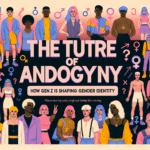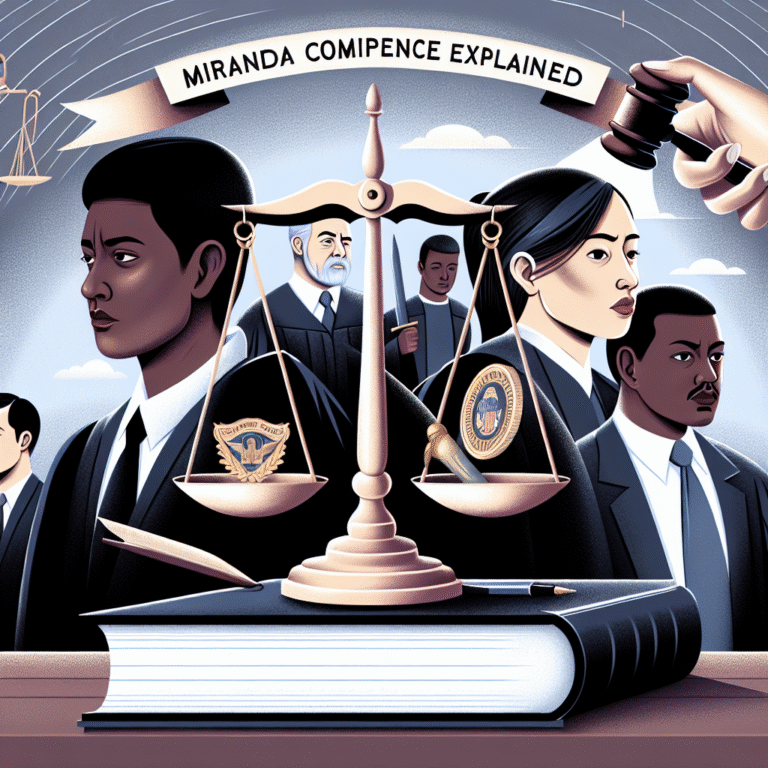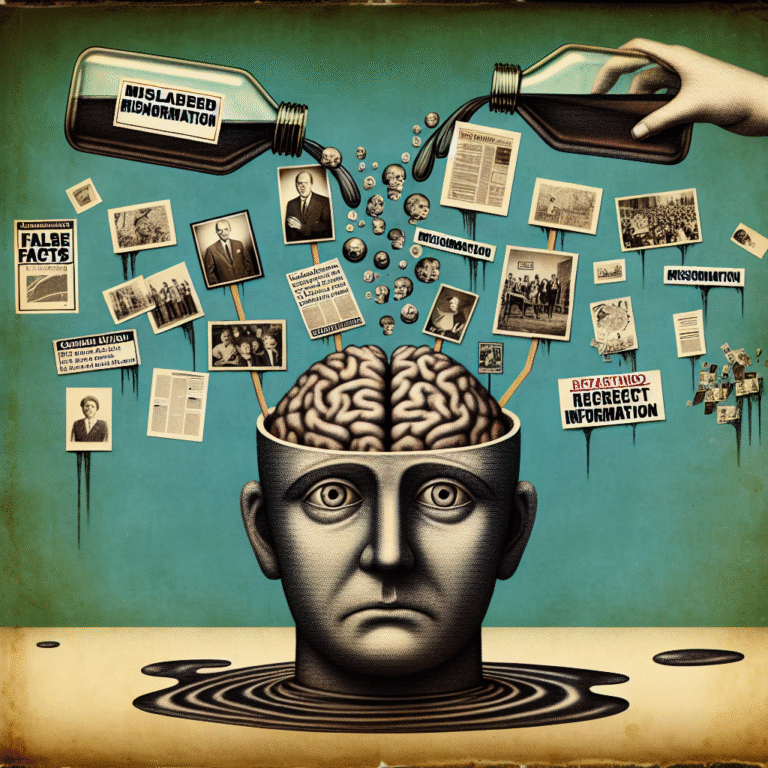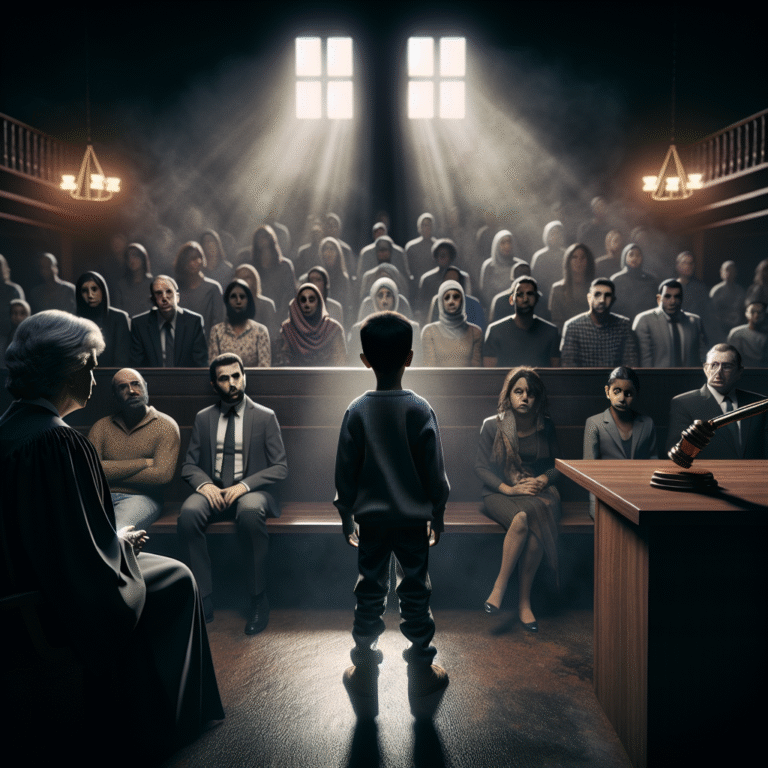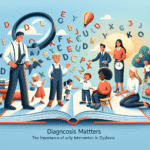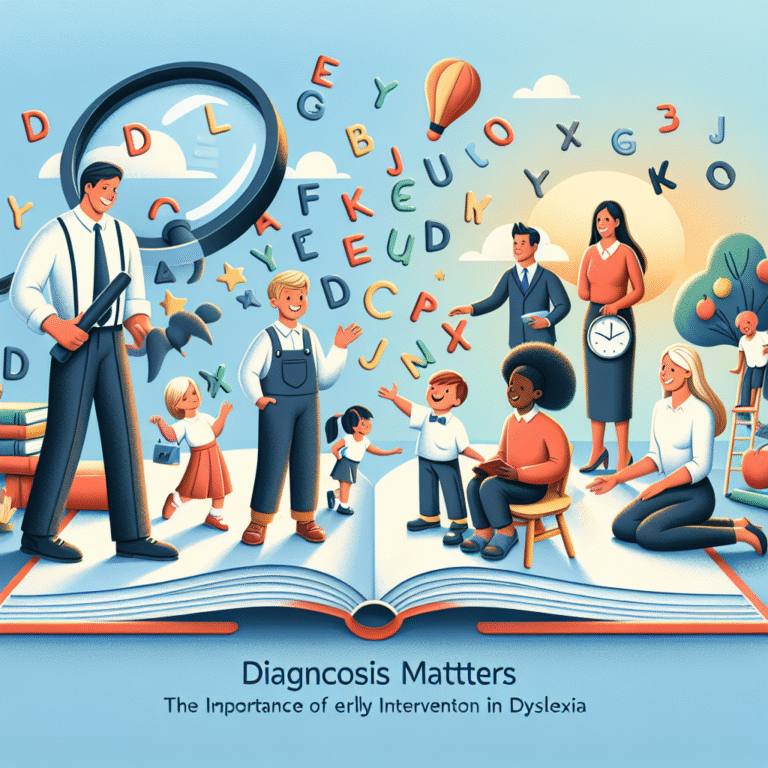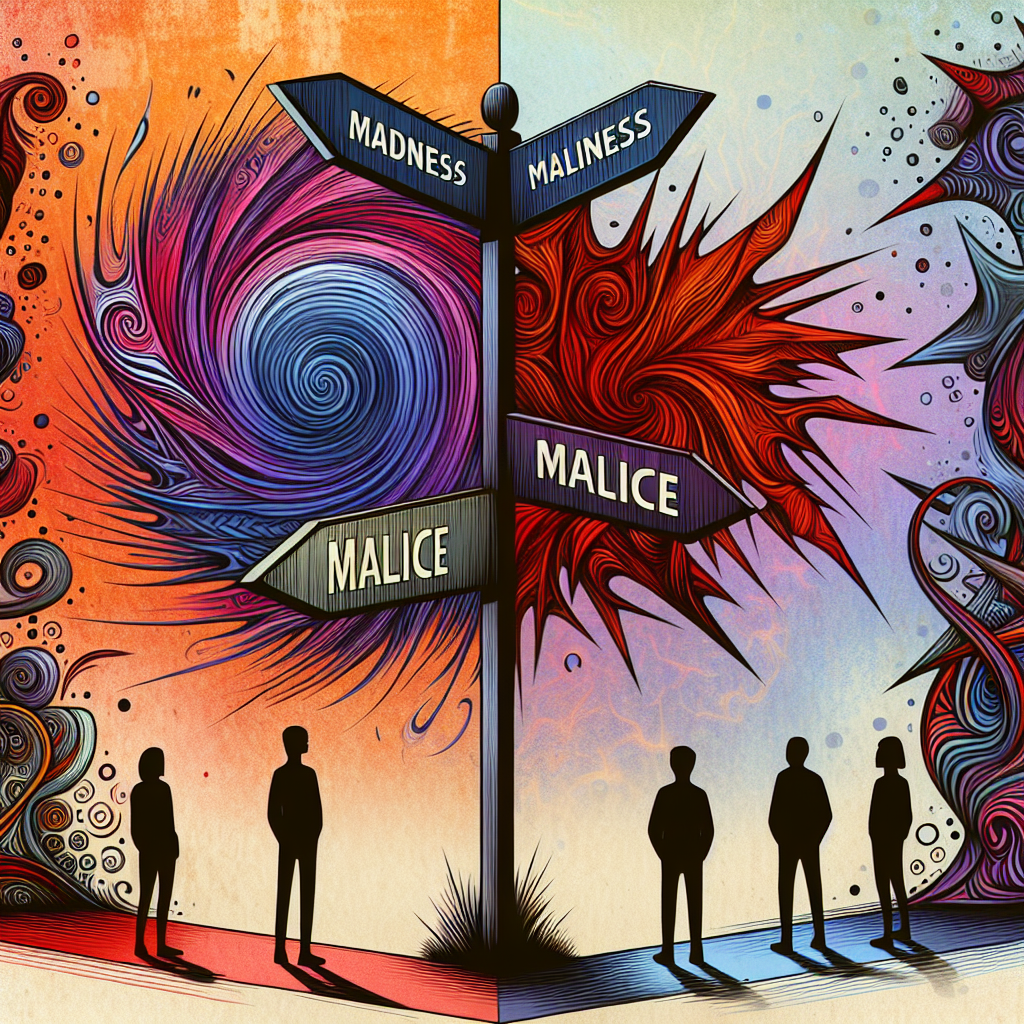
Introduction
In a society shaped by laws and ethics, the complexities of human behavior often challenge our understanding of right and wrong. The line between madness and malice can blur, leading us to grapple with profound questions: What drives a person to commit a heinous act? Is it a fractured mind or a dark heart? This exploration—the intersection of madness and malice—offers unique insights into the mental states driving criminal offenses. By delving into psychological profiles, case studies, and the legal ramifications of mental health, we can begin to understand this intricate intersection.
Understanding the Concepts: Madness vs. Malice
Defining Madness
Madness, often understood as severe mental illness, encompasses a spectrum of psychological disorders that can impair a person’s judgment and perception of reality. Conditions like schizophrenia, bipolar disorder, and severe depression can contribute to irrational and destructive behavior. Mental health professionals often evaluate these conditions to ascertain an individual’s capacity to understand the consequences of their actions.
Defining Malice
Malice, on the other hand, refers to the intention to do harm or the knowledge that one’s actions can lead to harm. In legal terms, malice implies a deliberate and premeditated act, reflecting an absence of empathy or remorse. The distinction between madness and malice plays a fundamental role in the criminal justice system, particularly regarding culpability and sentencing.
The Gray Area: Where Madness Meets Malice
In reality, the intersection of madness and malice is not black and white. Individuals exhibiting malice may also struggle with untreated mental illness, complicating our understanding of their actions. Conversely, those who are mentally ill may not have murderous intent but can still cause harm. This duality poses challenges for legal systems that must navigate the nuances of mental health in determining culpability.
Case Studies Illuminate the Intersection
Case Study #1: John Hinckley Jr.
John Hinckley Jr. attempted to assassinate President Ronald Reagan in 1981, claiming it was to impress actress Jodie Foster. Hinckley was diagnosed with major depressive disorder and psychotic features, leading to an insanity plea. The court ruled that he was not guilty by reason of insanity, highlighting the profound impact of mental health on his actions.
Analysis: This case underscores the critical need to evaluate the mental states of offenders. Hinckley’s delusional belief that he could gain Foster’s attention illustrates how madness can intertwine with seemingly malicious acts, reshaping public perception of justice.
Case Study #2: Andrea Yates
In 2001, Andrea Yates drowned her five children in a tragic act that shocked the nation. Battling severe postpartum depression and psychosis, Yates believed that her actions would save her children from eternal damnation. Initially found guilty of murder, her conviction was overturned based on her mental health condition.
Analysis: Yates’ case highlights the complexities in the intersection of madness and malice. Her actions, while devastating, were primarily driven by a mental health crisis rather than a malevolent intent, prompting discussions on mental illness awareness and treatment.
Case Study #3: Aaron Alexis
The 2013 Washington Navy Yard shooting carried out by Aaron Alexis is another striking example. Alexis exhibited signs of mental illness, including delusions and paranoid behavior. He had a history of treatment for his mental health issues but also acted with deliberate intent when he entered the Navy Yard and killed 12 individuals.
Analysis: Alexis’ case invites scrutiny of how mental health can coexist with malicious intent. It raises crucial questions regarding the prevention of such tragedies and the responsibility of mental health care systems in protecting society.
The Legal Implications
Understanding the intersection of madness and malice bears significant implications for both legal systems and broader societal norms. The insanity defense, while controversial, serves as an essential aspect of how we approach criminal behavior influenced by mental illness.
The Insanity Defense
The insanity defense posits that a person cannot be held fully accountable for their actions if they lacked the mental capacity to appreciate the wrongdoing of their behavior. This defense varies by jurisdiction, with assessments focusing on the cognitive and volitional aspects of a defendant’s mental state.
Table 1: Insanity Defense Standards Across Jurisdictions
| Jurisdiction | Standard | Notes |
|---|---|---|
| United States | McNaughton Rule | Focus on understanding nature of act |
| Canada | Criminal Code, S. 16 | Uncontrolled actions due to illness |
| UK | M’Naghten Rules | Similar principles to McNaughton |
| Australia | AAS 16.6 | Recognizes substantial impairment |
The Role of Mental Health Experts in Court
Mental health professionals play a pivotal role in legal proceedings concerning the intersection of madness and malice. Their evaluations can determine whether a defendant qualifies for an insanity defense and help establish the presence of mental illness at the time of the offense. Courts often rely on expert testimony to navigate these complex cases.
Public Perception and Mental Health Stigma
The intersection of madness and malice also shapes public perception of mental illness. High-profile cases can reinforce harmful stereotypes, leading to stigma that prevents individuals from seeking help. Thus, it becomes critical to educate society on the realities of mental health, emphasizing that mental illness does not inherently lead to violence.
Mental States and Their Impact on Offenses
Understanding the mental states present during offenses extends beyond legal definitions and courtrooms. It requires a compassionate approach to grasp the multifaceted nature of criminal behavior.
Psychological Profiles of Offenders
Various psychological theories, including psychopathy and sociopathy, offer insights into mentally disordered offenders who may also exhibit malicious intent. While researching psychological profiles, it becomes evident that individuals can possess a blend of traits that influence their behavior.
Table 2: Key Characteristics of Psychopathy vs. Sociopathy
| Characteristic | Psychopathy | Sociopathy |
|---|---|---|
| Emotional Response | Shallow emotions | Strong emotional responses |
| Social Bonds | Lack of genuine interpersonal bonds | Some attachments are present |
| Behavioral Consistency | Often calculated and methodical | Impulsive and erratic behavior |
The Role of Early Trauma
Research indicates that early traumatic experiences can correlate with later violent behavior. Understanding trauma’s role might shed light on the motivations behind heinous acts, demonstrating that mental states evolving from adverse conditions can drive offenders toward both madness and malice.
Treatment and Rehabilitation
Prevention and rehabilitation efforts should focus on addressing the underlying mental health issues. Treatment programs—ranging from cognitive-behavioral therapy to medication management—can be vital in preventing future offenses.
Conclusion
The investigation into The Intersection of Madness and Malice: Exploring Mental States During Offenses reveals the intricate web connecting mental health, intent, and criminal behavior. While this article demonstrates that mental illness can obscure lines of accountability, it also highlights the importance of compassion, understanding, and systematic reform. To create a safer society, we must prioritize mental health awareness and care, recognizing that the road to justice is often intertwined with healing and understanding.
FAQs Section
1. What is meant by the term "insanity defense"?
The insanity defense is a legal defense asserting that a defendant could not understand the nature of their actions due to a severe mental illness, thus should not be held criminally responsible.
2. How do courts determine if someone was insane at the time of the offense?
Courts employ expert testimony from mental health professionals who assess the defendant’s mental state using established legal standards, such as the McNaughton Rule.
3. Can individuals with mental illness be dangerous?
While some individuals with mental illness may exhibit violent behavior, most do not. The link between mental illness and violence is often overstated, contributing to stigma and misunderstanding.
4. What role does early trauma play in developing mental health issues?
Early trauma can lead to various mental health problems, potentially increasing the risk of future violent behavior. Understanding this relationship is crucial for prevention and intervention efforts.
5. How can we reduce stigma around mental health?
Promoting education and awareness about mental health issues, sharing accurate information, and advocating for those affected can significantly reduce stigma and encourage individuals to seek help.
In examining The Intersection of Madness and Malice: Exploring Mental States During Offenses, we come to appreciate the urgency of addressing mental health in our justice system and society at large, paving the way for reform and understanding.
